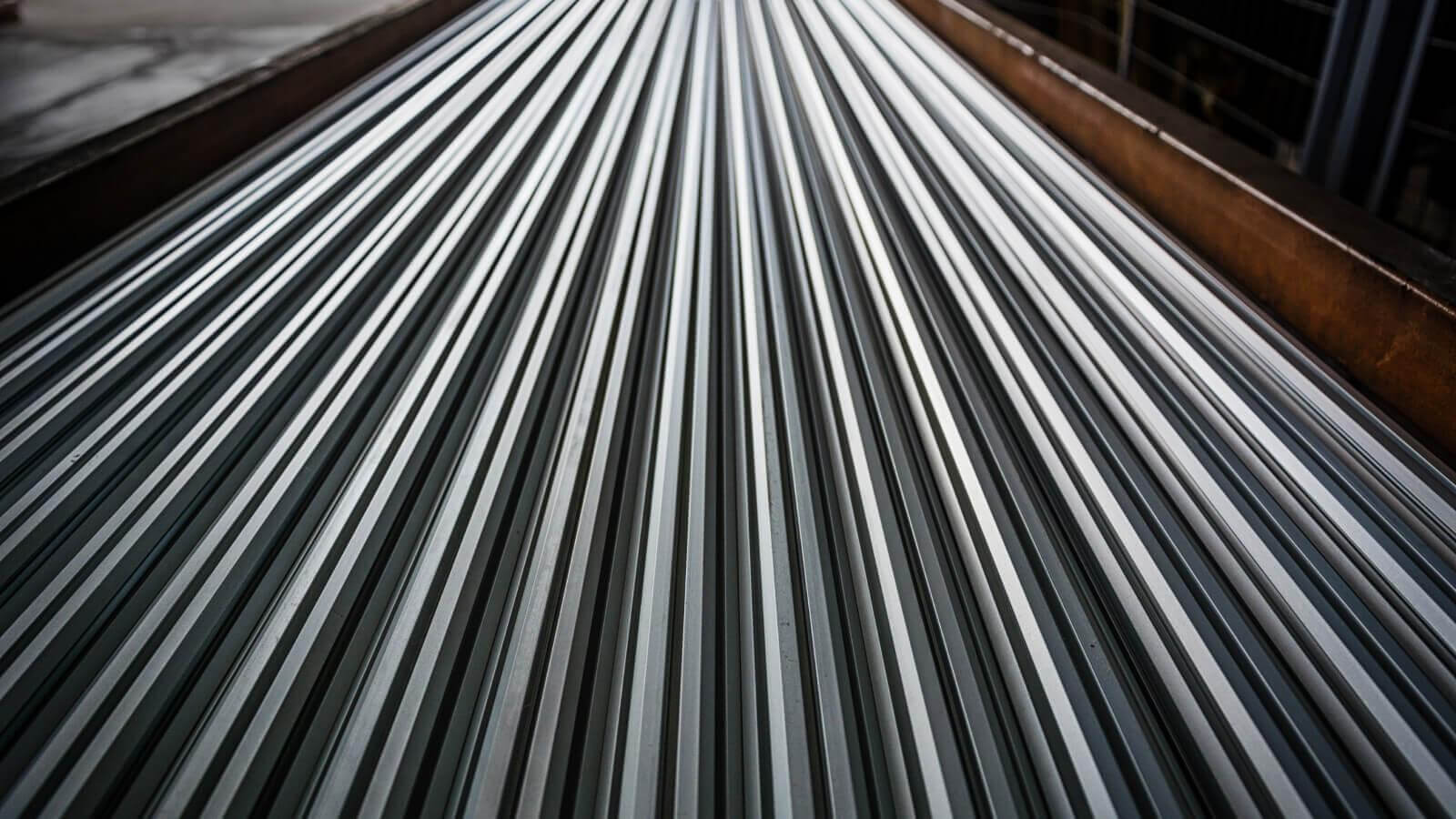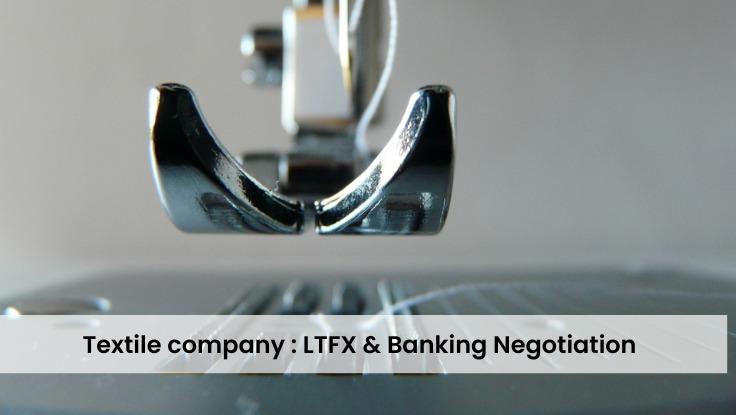Steel Industry - Benefits of hedging through options
18 April 2019 | By IFA Global

- XYZ, an exporter, was expecting an inflow of USD 2.50 mn in the first week of December 2018 i.e. two months later (as of October 2018).
- These receivables were not hedged and USDINR was trading at an all-time high of 74.
- Macro-economic factors such as US sanctions on Iran on 4th November, US midterm election results on 6th November, and US-China Trade War were yet to play out and were the key risk events.
Challenge and Observation
- Client Expectation: XYZ wanted to lock the downside risk while maintaining upside participation.
- Uncertain Factors: US sanctions, midterm elections, oil prices, and Sino-US trade war.
Observation:
- IFA Global believed that most of the negativity (for the Rupee) was already priced in and expected consolidation between 72-74 levels. IFA Global wanted to safeguard the exporter’s interest accordingly.
Process
- IFA Global analyzed the exporter’s costing and accordingly recommended a strategy to hedge the risk.
- The option strategy with appropriate strike price and expiry was devised for X.
- XYZ was advised to hedge these exports using the above-formulated option strategy.
Outcome
- The US provided waivers from sanctions to eight countries which brought about a 35% correction in oil prices in December.
- US and China agreed to renew their trade talks at the G-20 Summit, thus appreciating the Chinese Yuan to 6.884 levels from earlier highs observed at 6.97 levels.
- All these factors brought about appreciation in the Rupee and it traded at 69-70 levels.
- Due to our recommendation, XYZ had Rupee realizations of export inflows that were almost 3.50% higher than the Spot market rates then.






